Payment method is a crucial part of any online store. If you want to gain more sales, you have to optimize purchasing methods that are easy and convenient for both you and buyers. Besides, these methods must secure customers’ payment information and make sure transactions are conducted properly. If customers feel your purchasing systems are having problems, they will stop buying in your store. That is why you have to carefully choose the best eCommerce payment methods that ensure security and convenience for customers.
In this blog, we will suggest some payment methods and help you choose the best one.
Table of Contents
- What Is the eCommerce Payment Method?
- How Does the eCommerce Payment Process Work?
- The Prominent Benefits of eCommerce Payment Methods
- 8 Best eCommerce Payment Methods for Businesses
- Top eCommerce Payment Gateways That You Should Know
- How to Choose the Best eCommerce Payment Methods for an eCommerce Store?
What Is the eCommerce Payment Method?
eCommerce payment methods are integral to the online shopping experience, facilitating non-cash transactions during the buying process. Essentially, they allow customers to make payments, transfer funds, deposit, or withdraw money over the Internet.

The spectrum of eCommerce payment options is broad, ranging from traditional methods like credit and debit cards to modern alternatives such as digital wallets, mobile payments, Buy Now, Pay Later (BNPL) services, and even cryptocurrencies. Each method comes with its own set of advantages and considerations, catering to different customer preferences and security needs.
For businesses, offering a diverse array of payment options isn’t just a matter of convenience; it’s a strategic move to enhance competitiveness and optimize conversion rates. The more payment options an eCommerce site provides, the broader the appeal to a diverse customer base.
However, with the increasing number of available payment providers and platforms, businesses must navigate carefully, weighing factors like transaction fees, security measures, and user experience to select the most suitable methods for their operations and their customers’ preferences.
How Does the eCommerce Payment Process Work?
The process of an eCommerce payment method is a seamless orchestration involving several key players, ensuring a secure and efficient transaction from start to finish. It begins when a customer decides to make a purchase and enters their credit or debit card information at the checkout stage. This is typically done through a form embedded in the website or mobile app of the eCommerce merchant.

Once the customer submits their payment details, these are encrypted for security and sent to the payment processor via the payment gateway. The payment gateway acts as a bridge between the merchant’s website and the financial systems involved in the transaction. It’s responsible for forwarding the payment information securely to the processor.
The payment processor, a crucial component in this chain, then takes over. It contacts the bank that issued the customer’s credit or debit card to verify if there are sufficient funds or credit available to complete the purchase. The bank reviews the transaction request and either authorizes or declines the transaction based on the customer’s account status and transaction validity.
Following this, the payment processor communicates the outcome — authorization or decline — back to the payment gateway. The gateway, in turn, relays this information back to the eCommerce merchant’s site. If the transaction is authorized, the customer is typically notified of the successful transaction through an order confirmation, often in the form of an email receipt. This confirmation is not just a courtesy but also serves as a record of the purchase.
Finally, the funds to make the purchase are deducted from the customer’s credit or banking account and are transmitted to the merchant’s account. This part of the process may take a few days to settle fully. Throughout this entire process, each player plays a pivotal role, let’s find out them.
Payment Processor
A payment processor is a crucial component in the ecosystem of eCommerce transactions, acting as the intermediary that facilitates the movement of funds. It bridges the gap between the customer’s bank or credit card company and the merchant’s account.
When a customer makes a purchase, the payment processor conveys all the necessary transaction data, ensuring the funds are appropriately transferred from the buyer’s account to the seller’s. This service not only enables the smooth execution of electronic payments but also ensures security and speed, making it an indispensable part of online commerce.
Payment Gateway
A payment gateway is a vital technology that connects an eCommerce site with a merchant services provider, facilitating the transfer of transaction data. It acts as a conduit between the customer-facing website and the payment processor, as well as the banks involved.
When a transaction is made, the payment gateway securely transmits the details to the relevant parties and then conveys the authorization or decline back to the eCommerce site. Essentially, it ensures a smooth, secure, and efficient payment process.
Merchant Account
A merchant account is a specialized bank account that allows eCommerce merchants to receive electronic payments. Once customer payments are authorized and settled, the funds from the customers’ credit or debit card institutions are deposited into this account.
Typically, these funds are then transferred to the merchant’s own business banking account within one to two business days. To obtain a merchant account, businesses must partner with a merchant services provider, which supplies the necessary hardware and software solutions, like virtual terminals and digital accounts, to enable smooth eCommerce transactions.
The Prominent Benefits of eCommerce Payment Methods
The prominent benefits of eCommerce payment methods extend beyond mere convenience, shaping the way businesses and consumers interact in the digital marketplace. Here are some of the key advantages:
Easy Checkout
Customers can abandon their carts because of the complex and time-consuming checkout process. Customers will leave the site and stop purchasing if they find that the online store doesn’t have the payment methods they want or the payment process takes too much time.
Professionalize Your Online Business
Most consumers, especially young people, prefer electronic payment methods such as Internet banking, electronic wallets, QR codes, etc., because of their convenience. Therefore, business owners that do not have an online payment system will also face many disadvantages.
In the long run, once consumers’ confidence has been created about the quality of goods, cash payment for online purchases will no longer exist. Today’s eCommerce payment has also diversified its forms of payment, giving users more choices.
Security
Any payment solution provider must follow the rules and standards of data security, as PCI-DSS compliance. eCommerce payment solutions companies will secure customers’ payment information. However, risks of leaking and exploiting customers’ information can occur, even rarely. Merchants should choose trustworthy and common payment service providers.
Manage Income Effectively
eCommerce payment methods are beneficial for merchants, especially those owning multi-channel stores. Payment solution providers assist sellers in managing both online and offline stores. They offer custom solutions scaling with diverse companies and meet business owners’ needs.
8 Best eCommerce Payment Methods for Businesses
Payment by Card
The card is the most common payment method applied in any type of transaction, even paying online. Merchants can reach the international market with debit and credit cards by integrating a payment gateway into their store or requiring customers to transfer money with mobile banking.
Credit Card
Since credit cards are easy and mostly safe to use, major popularity uses them in online purchases. Shoppers only need to fill in the card details at the checkout to finish buying the products. CVV, short for Card Verification Value, is the most critical information to be secured.

By comparing cardholders’ information and the CVV numbers, businesses can detect any fraud. Besides being simple, shoppers use a credit card to use extra features, such as discounts and reward programs. The most international credit cards are American Express, Visa, and MasterCard.
Debit Card
Debit cards are immensely popular globally and are second only to credit cards as the preferred online payment method. They offer a similar purchasing process but with a key difference: debit card users can spend only what is available in their linked bank account.
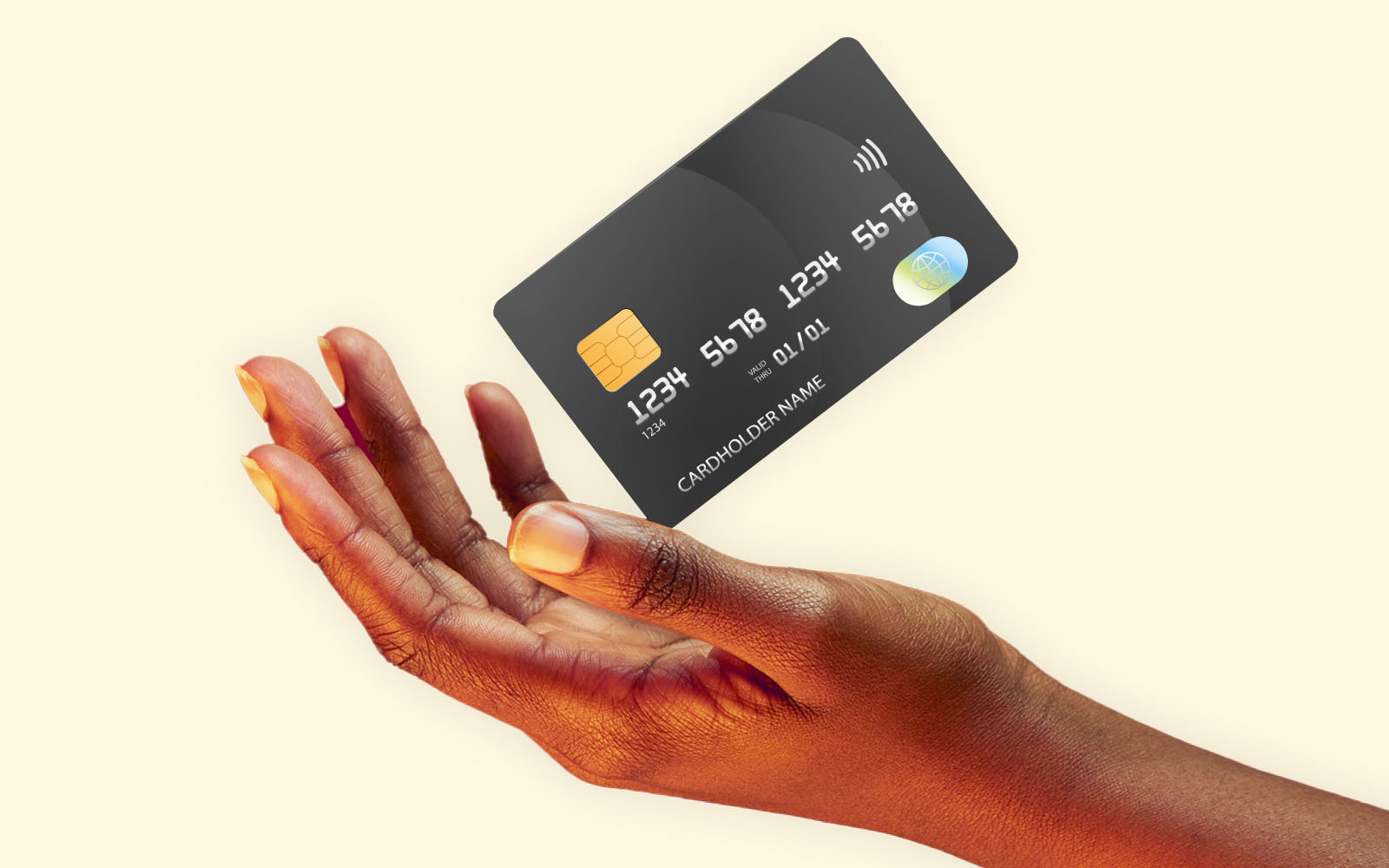
In contrast, credit card users make payments at the end of a billing cycle, often long after the purchase. This difference can lead to credit card users spending beyond their means. Consequently, for those with tighter budgets or who wish to avoid overspending, debit cards present a more financially prudent option.
Payment Gateway
An eCommerce payment gateway is essentially a service that allows customers to transact at eCommerce websites. It is like a middleman between your customers and merchants, ensuring the transaction is carried out promptly.
The payment gateway takes payment information from the customer and sends it to the acquirer, who then sends the payment acceptance or rejection back to the consumer. It secures the cardholder’s information, guarantees that money is accessible, and allows businesses to be paid. It serves as a link between a merchant’s website and their payment processor.
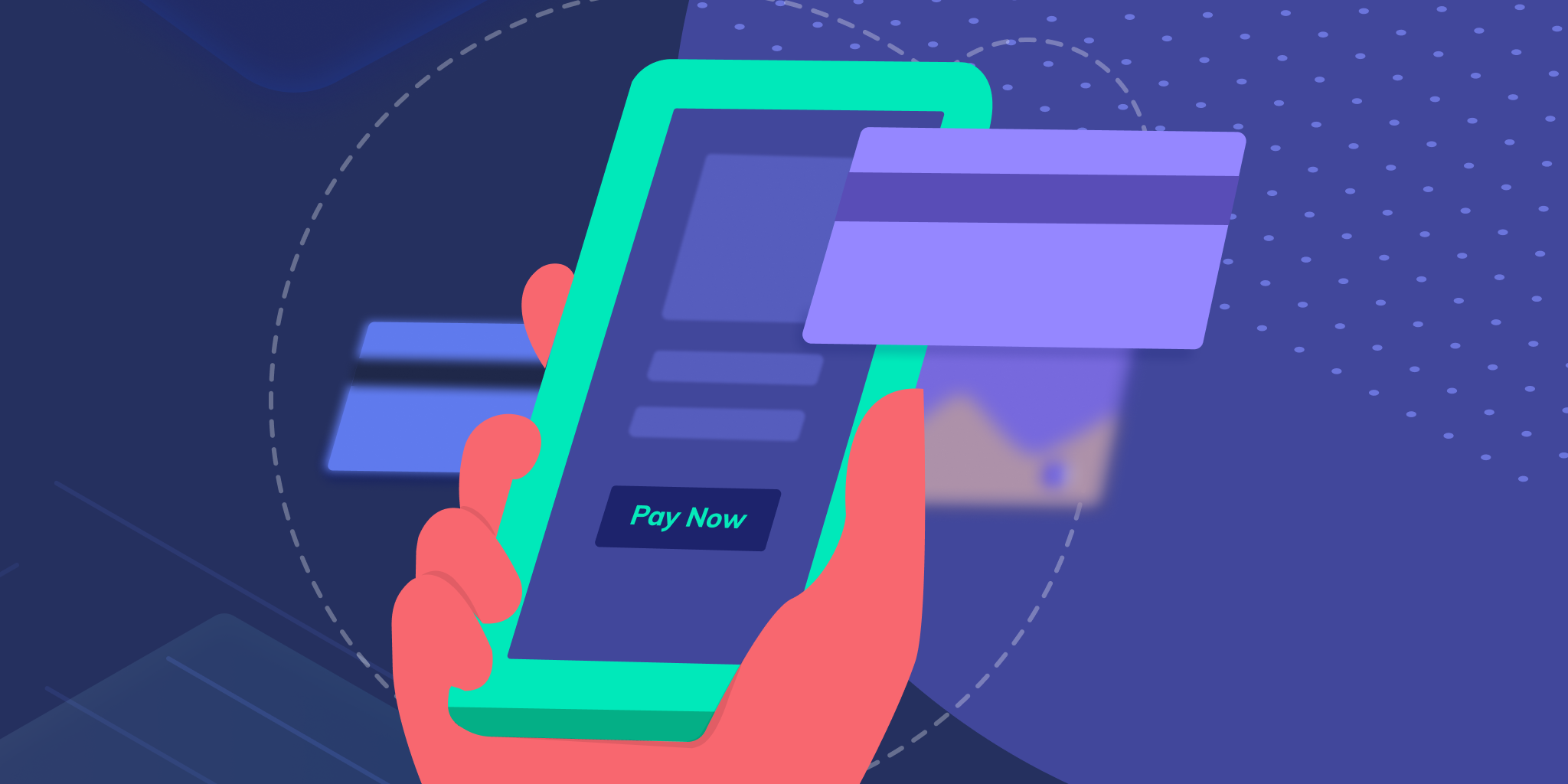
A payment gateway is a common solution for most eCommerce stores. It is easy and convenient for customers to use. With only minutes, buyers can complete the checkout process and order their items successfully. Merchants can integrate many payment gateways into online stores by using payment integration extensions from Magenest stores that have the best payment solutions like Stripe, Opayo, Paya, and more. We will find out about these notable payment gateway providers in detail later.
Electronic Wallet
An eWallet is an electronic card that is used to conduct transactions online via mobile devices and computers. It is the same with a credit or debit card. Individuals’ bank accounts will link with eWallets to help users carry out the purchasing process. With an eWallet, users can receive, transfer money, pay bills, and use services that integrate with an eWallet like movie tickets or mobile cards. Users can make payments for groceries and online purchases too.
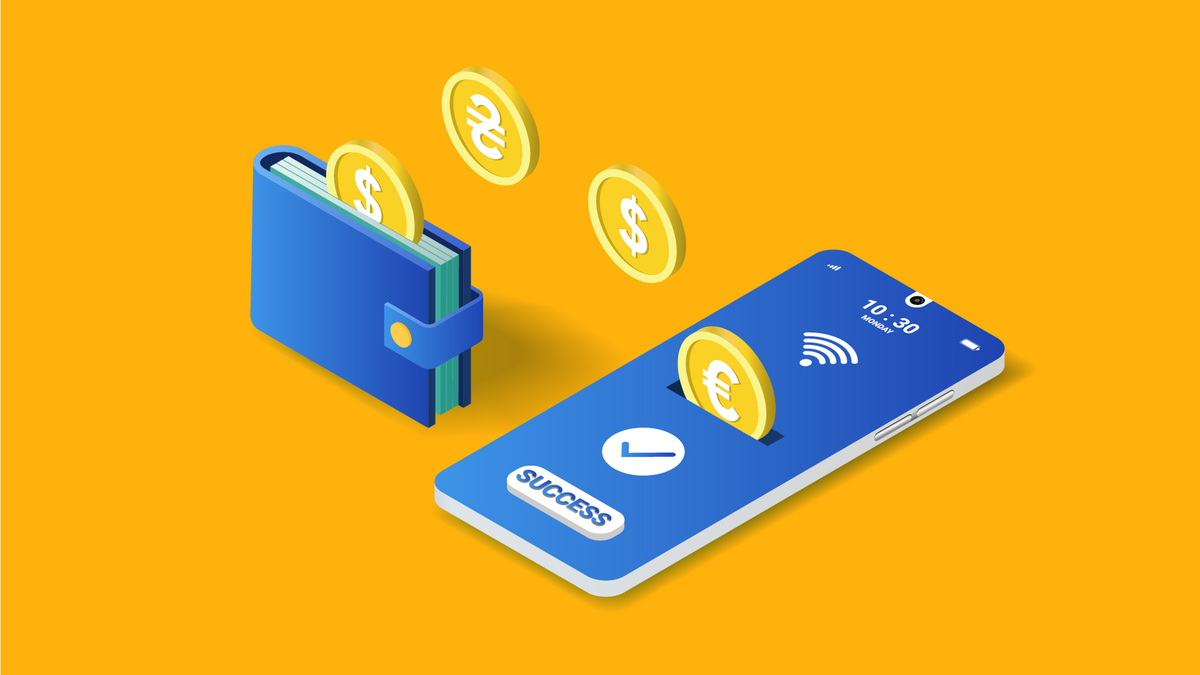
When finishing the checkout process, the eWallet automatically fills in the user’s information on the payment form. The users need to enter their password to activate their eWallet. Thus, the consumers don’t need to fill out the order form on any other website because users’ information is in the database and updated automatically.
Mobile Banking
Mobile banking is the best eCommerce payment method for any online store because of its convenience and popularity. Mobile commerce share in eCommerce will reach $2.2 trillion in 2023 and makeup 60% of eCommerce sales worldwide as experts expected. People use mobile more than any other device to shop online. So, it is easier for customers to pay via mobile payment apps when shopping instead of paying by physical card.

The mobile banking system is built on a model of links between banks, telecommunications providers, and users. People can download mobile banking apps onto smartphones or tablets, and they can access their bank accounts with just a few clicks. They can track spending, pay bills, and send money domestically and abroad. Users can carry out all transactions and utilize banking services without going to ATMs or banks.
QR Code
Technological advancement is also the reason why QR Code payment is increasingly popular. This eCommerce payment method is quite simple, compact, easy to use, and user-friendly. QR Code feature is currently available on mobile applications of banks, Google products, and services such as Google Chart or Google Maps, on signs, buses, business cards, magazines, websites, and goods at supermarkets and convenience stores.
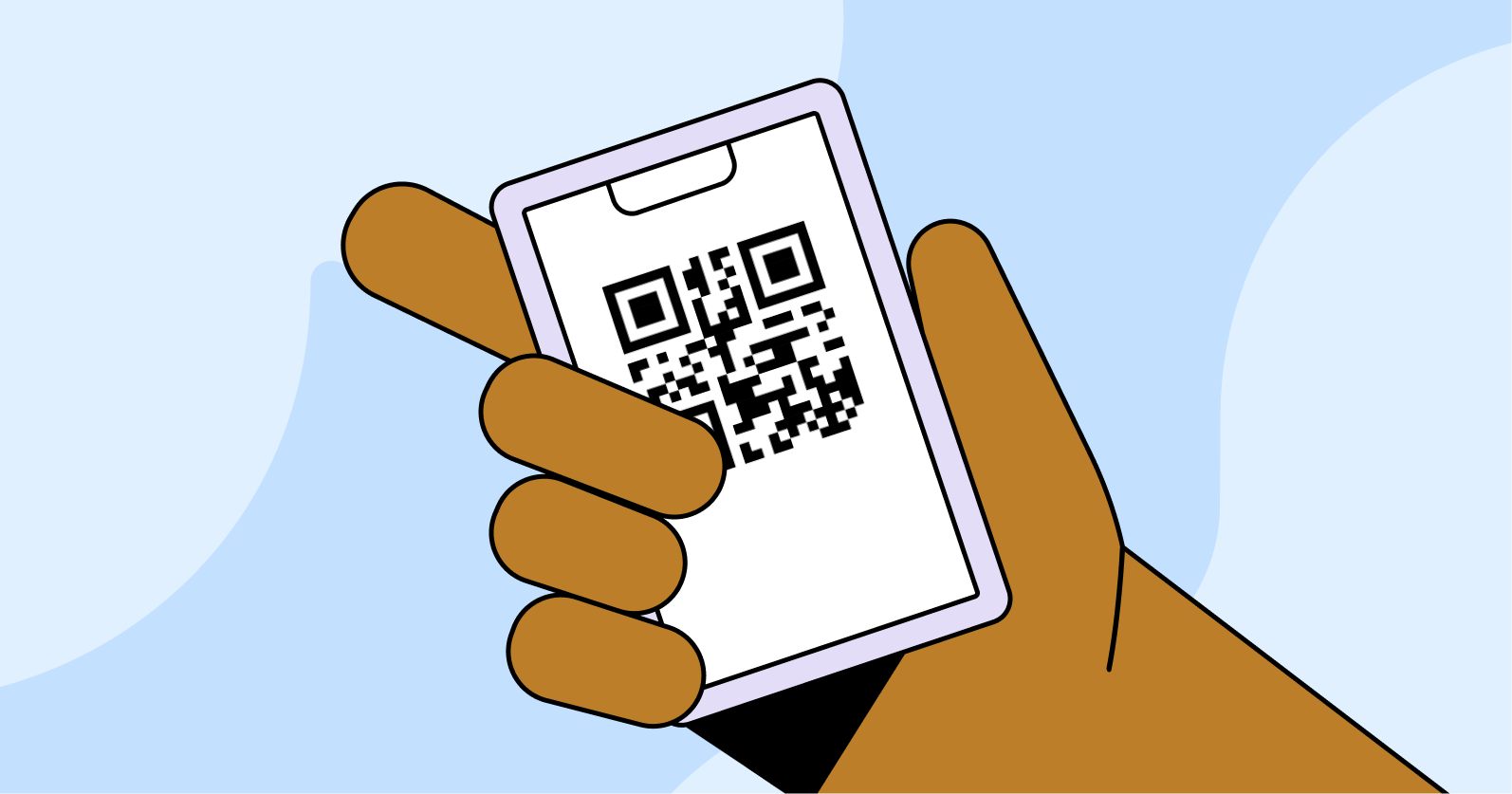
Users use the phone camera to scan the QR code to transfer money, pay bills, and purchase goods. With just one scan, after a few seconds, you have successfully made payments at restaurants, supermarkets, convenience stores, taxis, even eCommerce websites, or on any product with a code. QR without using cash, or a card, do not worry about revealing personal information at payment points.
Buy Now, Pay Later (BNPL)
Buy Now, Pay Later (BNPL) systems offer customers the flexibility to make purchases immediately and pay for them over time, often without interest. These short-term loans at the point of purchase allow consumers to defer payment, similar to credit cards, but without the need for one.
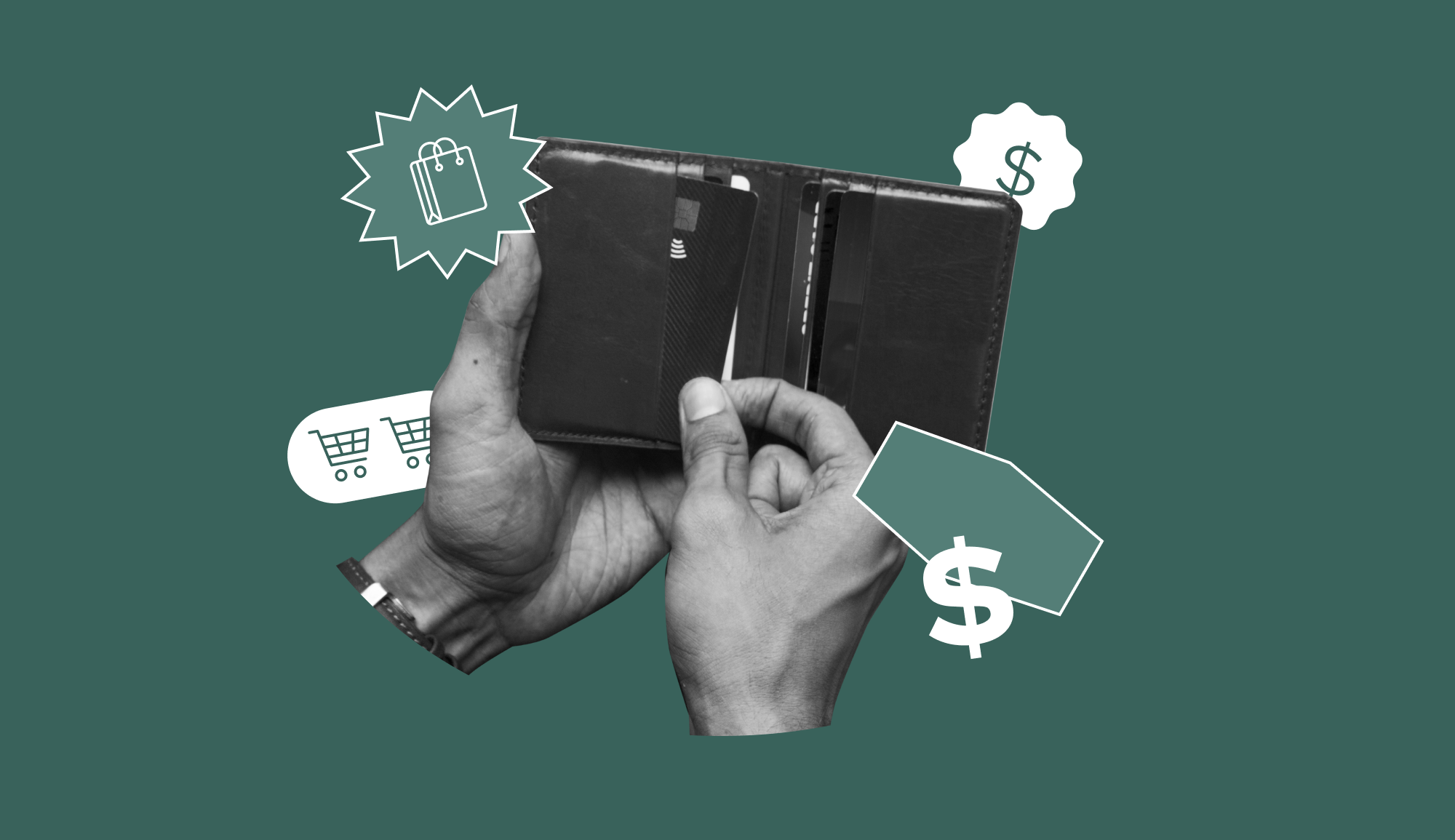
BNPL, also known as point-of-sale installment loans, is gaining traction, particularly among younger generations like Millennials and Gen Z. Retailers are embracing BNPL too, with some reporting up to a 45% increase in Average Order Value (AOV). Prominent BNPL services include Klarna, Shop Pay Installments by Shopify, Affirm, Afterpay, Sezzle, and PayPal’s own version, offering consumers and merchants alike a flexible, modern approach to financing.
Cash on Delivery (COD)
While digital payments dominate the online realm, Cash on Delivery (COD) still holds significance, particularly in developing countries like Brazil, Mexico, and India. This method allows eCommerce shoppers to pay with physical cash upon receiving their items, catering to those who prefer not to use cards or other digital payment methods.

However, COD can carry certain risks, such as delayed invoices from providers and potential discrepancies in billing. Despite these concerns, COD remains a convenient option for many, bridging the gap between traditional and digital commerce.
Crypto Currency
Cryptocurrencies are rapidly gaining traction in the eCommerce world, not just as futuristic tokens but as viable, everyday payment methods. With a variety of options from Bitcoin to numerous altcoins, these digital currencies are becoming commonplace in transactions worldwide. Initially embraced by digital merchants for their lack of chargebacks and minimal taxation, cryptocurrencies continue to appeal due to their relatively low transaction fees.

Despite this, they come with inherent risks such as volatile values and uncertain regulatory futures. Nevertheless, their growing popularity and potential for low-cost transactions make them a promising option for online payments.
Top eCommerce Payment Gateways That You Should Know
The eCommerce payment solutions landscape is bustling, offering a broad spectrum from basic, platform-integrated systems like Shopify Payments to more comprehensive ones with extensive features and costs. We’ve curated a list of 7 top payment gateway solutions, detailing the essentials of each processor or service provider, along with their respective advantages and disadvantages.
PayPal
PayPal, established in 1998 as an integral part of eBay, has grown into a prominent and recognizable name in the world of online payments. It has since become an independent entity, boasting an extensive network of subsidiaries and tailored services.
This pioneering payment processor holds the distinction of being one of the earliest and most widely adopted solutions for eCommerce businesses globally. Regardless of their size or type, countless online merchants trust PayPal as their preferred payment platform.

PayPal’s multifaceted nature can sometimes lead to confusion among users. It serves as both an eCommerce payment processor, enabling customers to make payments using various online methods, including their PayPal balance, and a personal payments platform, allowing users to store and send money securely.
When it comes to pricing, PayPal employs a tiered system, charging fixed processing fees alongside transactional fees based on the selected payment method. This adaptable approach ensures that businesses can choose the payment structure that aligns best with their needs.
Stripe
Stripe has emerged as a favored payment processing solution for businesses seeking unparalleled customization and flexibility. Its robust API empowers companies to tailor their credit card payment acceptance, transaction fees, processing fees, and various other aspects of payment processing services to suit their specific needs. Additionally, Stripe’s commitment to PCI compliance ensures secure transactions, making it a suitable choice for international operations.

However, it’s essential to note that not every eCommerce business desires extensive customization. If you’re in search of a turnkey solution that streamlines the payment process without the need for intricate customization, Stripe may not align with your requirements.
Regarding pricing, Stripe offers two distinct options. The first, the integrated version, follows a pay-as-you-go pricing model, charging 2.9% plus 30 cents per successful card charge. As for the custom version, pricing details are available upon contacting Stripe’s Sales Team, allowing businesses to explore tailored solutions that suit their specific demands.
Square
Square gained recognition through its distribution of free or heavily discounted credit card readers, initially through headphone jacks and later through Lightning ports. While competitors like PayPal have emulated this approach, Square continues to maintain a strong market presence, particularly among small brick-and-mortar retailers and restaurants.
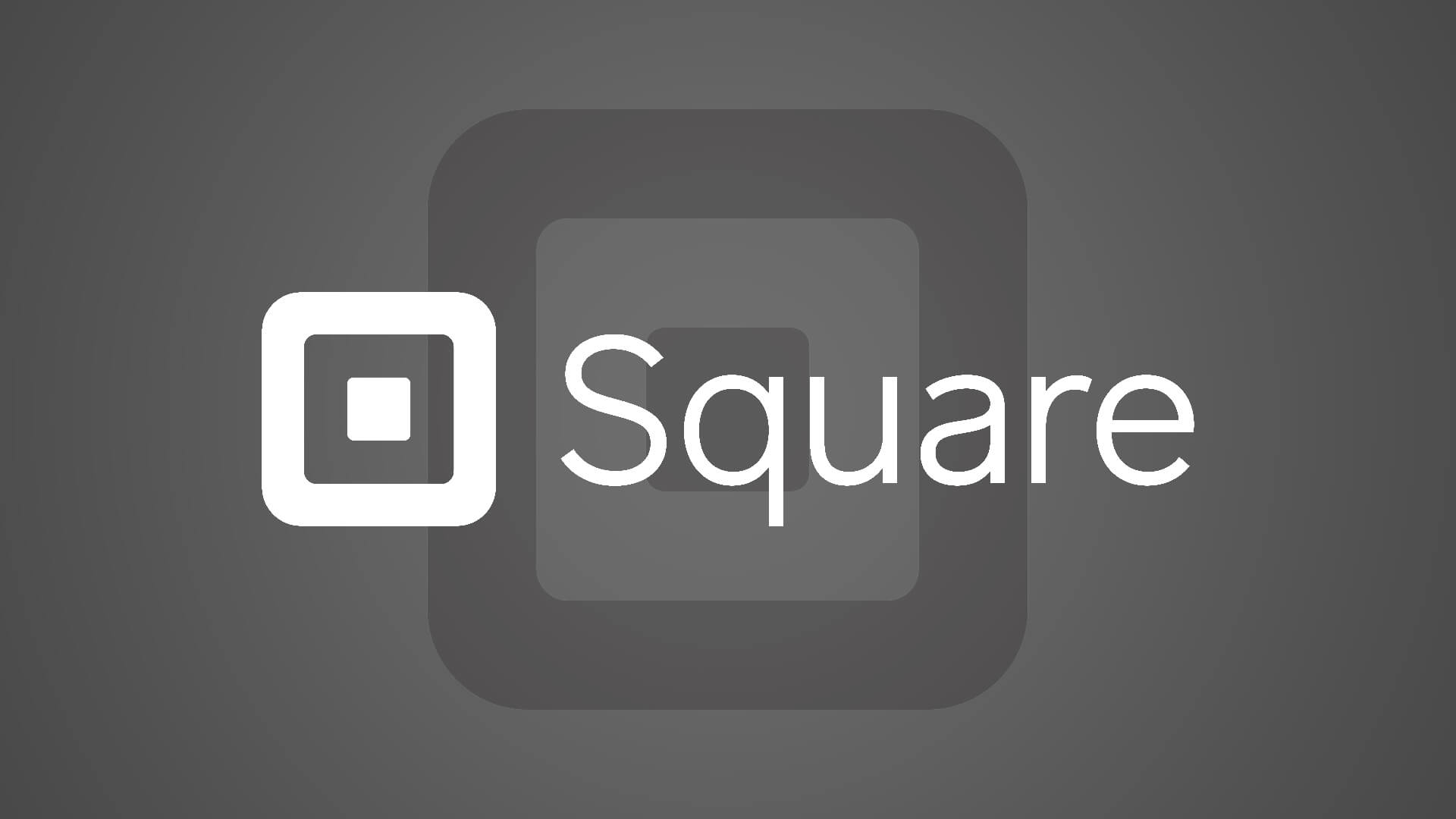
What sets Square apart is its dual capability to support both in-person and online payments, thanks to its established point-of-sale presence. Additionally, the platform offers a range of supplementary tools, including payroll and time management features, online invoicing, and other operations-specific utilities.
Square’s pricing options cater to a diverse range of businesses. It offers three distinct models: free, plus, and premium:
- The free model forgoes a subscription fee and primarily involves processing fees.
- In contrast, the premium model, priced at $29 per month along with processing fees, offers advanced features tailored for restaurants, retailers, or appointment-based businesses.
- Pricing for the premium model varies based on the specific organizational needs and complexity of the customer.
Amazon Pay
Amazon Pay, despite its name, extends its services beyond Amazon sellers, making it a versatile option for online eCommerce businesses. Sellers can integrate Amazon Pay as a payment service provider, effectively entrusting the checkout and payment process to Amazon. Notable companies such as EyeBuyDirect, Belkin, and Samsung have adopted Amazon Pay as part of their payment solutions.
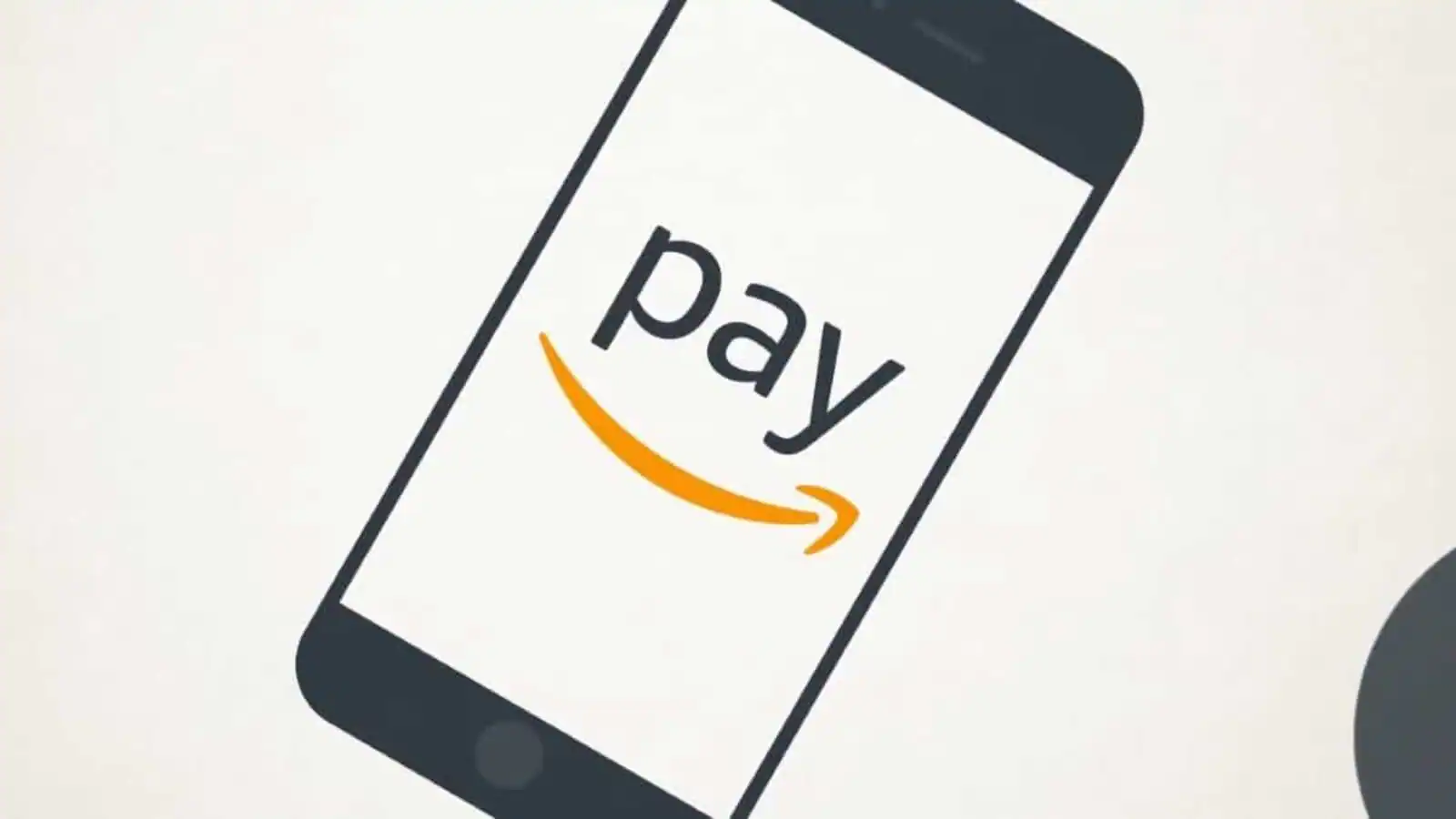
One significant advantage for existing Amazon customers is the seamless experience it offers. They can utilize their familiar shipping and credit card information, reducing friction during the checkout process. This convenience can potentially lead to a decrease in cart abandonments, which have been reported as high as 81.08% in some surveys, while also boosting conversion rates.
Authorize.net
Authorize.net stands out as a versatile and accommodating payment gateway provider, catering to businesses of various sizes. It offers a selection of plans suitable for both small and larger enterprises, making it a viable option for a wide range of online businesses.
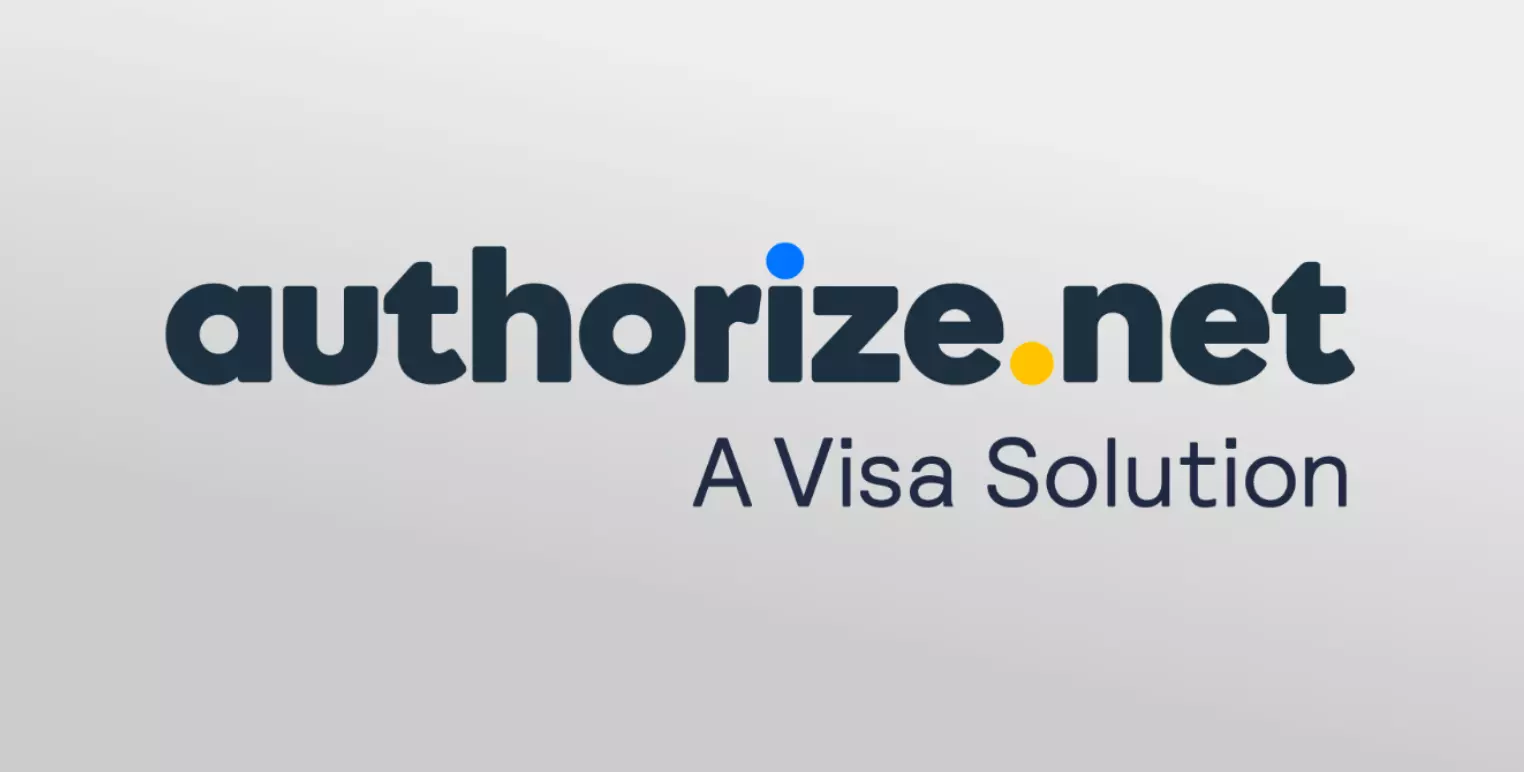
One of its strengths lies in its broad currency support, enabling transactions in numerous currencies. Authorize.net also accepts all major credit cards and digital wallets, making it convenient for customers worldwide. However, it’s important to note that to integrate Authorize.net on your website, your business must be registered in specific regions, including Canada, Europe, Australia, the US, or the UK.
Another advantage of Authorize.net is its provision of a merchant account, which simplifies the payment process for businesses. Additionally, the platform ensures swift transfers, ensuring that funds are readily accessible.
In terms of pricing, Authorize.net offers two distinct pricing plans, both with the same fixed monthly fee. The pricing per transaction varies based on the selected plan, providing businesses with the flexibility to choose the option that best aligns with their needs.
Google Pay
Google Pay is a widely recognized and convenient payment gateway provider in the world of eCommerce. Developed by Google, this platform offers a seamless and secure way for users to make online payments and transactions.
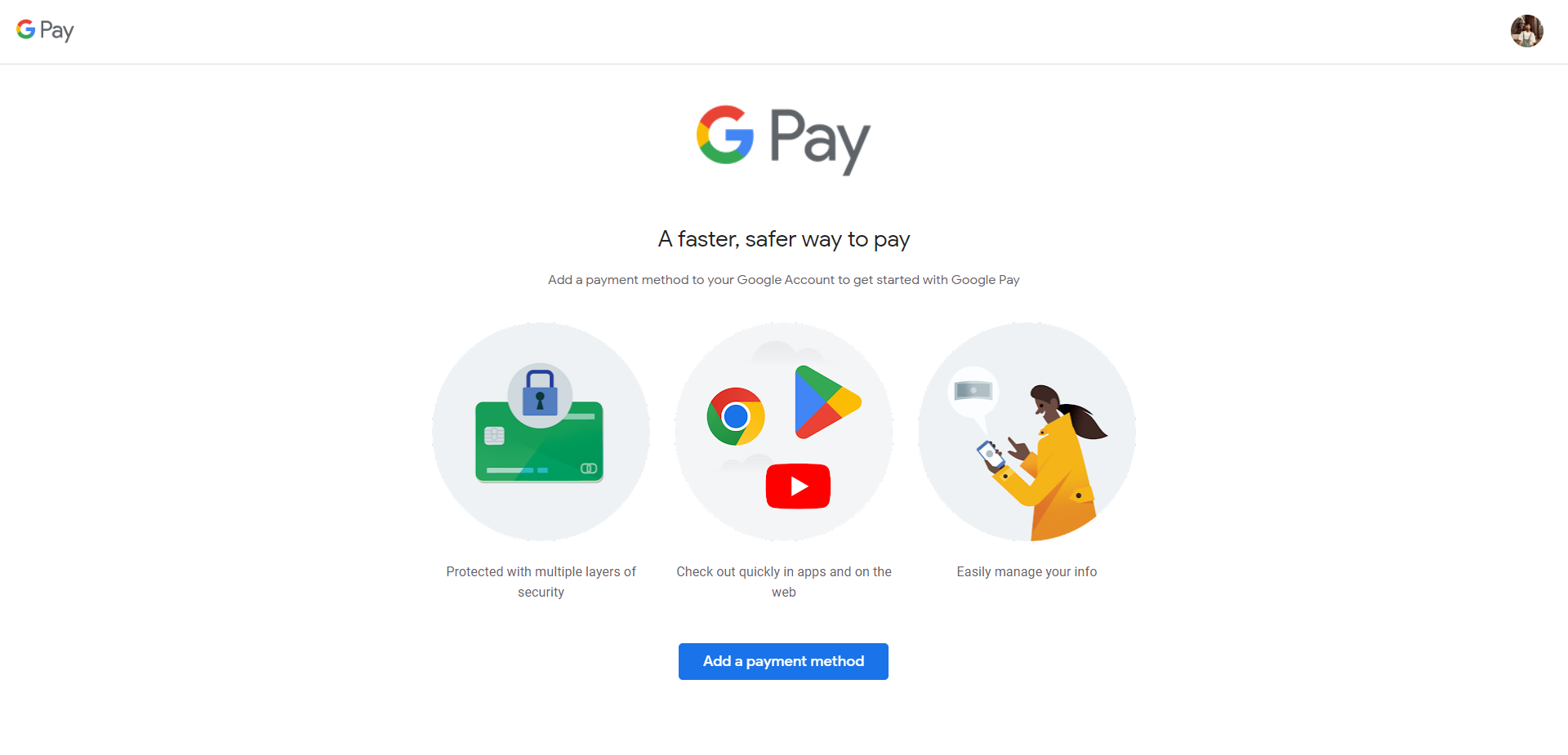
One of the primary advantages of Google Pay is its integration with Google’s ecosystem, which includes services like Gmail and Google Drive. This tight integration allows users to store payment information securely and easily make payments within various Google apps and websites, streamlining the checkout process.
Google Pay supports multiple payment methods, including credit and debit cards, as well as digital wallets like PayPal. Users can link their payment methods to their Google Pay account, making it a one-stop solution for managing their online payments.
Security is a top priority for Google Pay. It employs advanced encryption techniques and tokenization to protect users’ financial information during transactions, reducing the risk of data breaches.
Apple Pay
Apple Pay is a prominent and user-friendly payment gateway provider in the world of eCommerce. Developed by Apple Inc., this payment solution is designed to offer a secure and convenient way for users to make online and in-person payments using their Apple devices.

One of the standout features of Apple Pay is its seamless integration with Apple’s ecosystem of devices, including iPhones, iPads, Apple Watches, and Mac computers. Users can add their credit and debit cards to the Apple Wallet app, allowing them to make quick and contactless payments at participating online stores, apps, and physical retail locations.
Apple Pay supports a variety of payment methods, making it versatile for consumers. It allows users to link their credit and debit cards, as well as use Apple Cash for peer-to-peer payments. Additionally, Apple Pay can be used for online purchases, in-app transactions, and even transit payments in select cities.
For businesses, integrating Apple Pay into their eCommerce platforms can enhance the shopping experience for customers. It simplifies the checkout process, making it faster and more secure, which can help reduce cart abandonment rates and increase conversions.
How to Choose the Best eCommerce Payment Methods for an eCommerce Store?
Before selecting a payment provider for your eCommerce business, it’s essential to take several factors into account. These include the provider’s security measures, their support for diverse payment methods, the geographic distribution of your customer base, as well as the associated costs and fees associated with their services.
Security
Security is paramount in online transactions. Look for payment providers that offer advanced security measures such as tokenization, encryption, and fraud detection. Additionally, consider their track record in handling security breaches and their commitment to safeguarding sensitive information.
Additionally, to ensure the secure processing of payments on your website, you’ll require an SSL certificate, which stands for Secure Sockets Layer certificate. An SSL certificate is a code installed on your web server, serving as a protective layer for online interactions and transactions. When a customer’s web browser connects to your business website, the SSL certificate encrypts the connection, effectively safeguarding customer information from potential eavesdroppers.
After you’ve established an SSL certificate for your website, the next step is to confirm that your chosen eCommerce payment provider complies with PCI compliance. PCI compliance is a set of security standards that protect customer data during payment transactions. It’s essential to work with a provider that adheres to these standards to protect both your business and your customers from data breaches.
Accepted Payment Methods
Different customers prefer various payment methods. Ensure that the payment provider supports a wide range of payment options, including credit and debit cards, digital wallets (like PayPal, Apple Pay, and Google Pay), bank transfers, and other popular regional payment methods. This flexibility can increase your conversion rates by catering to a broader audience.
For example, while Visa and Mastercard enjoy widespread acceptance globally, the situation is quite different for American Express and Discover. Furthermore, if your online store specializes in higher-priced items, customers may appreciate having alternatives such as Klarna that allow them to either split payments or opt for a buy now, pay later option. Offering a variety of payment choices is essential to ensure that customers can successfully finalize their purchases.
Costs and Fees
Now, understandably, your primary concern is often the cost. As a small business owner, you want to avoid getting entangled in exorbitant fees from your payment processor. However, comprehending these fees can sometimes be a bit challenging.
Thus, you need to assess the pricing structure of the payment provider. Consider factors like setup fees, transaction fees, and monthly subscription costs. Some providers offer tiered pricing based on your sales volume, while others use a flat-rate model. Calculate the overall costs for your expected transaction volume to determine which option is most cost-effective for your business. Also, be aware of any hidden fees or additional charges that might apply.
Final word
There are plenty of payment systems you can integrate into your online store. You have to choose the best eCommerce payment methods that are in line with your business objectives. These methods can ensure that you can carry out transactions quickly, properly, and safely as well as satisfy customers. Hope that with our recommendation, you can understand more about payment methods and define what is the appropriate ones for your eCommerce business!
If you have any questions or want to build your online store successfully, don’t hesitate to contact us now.











